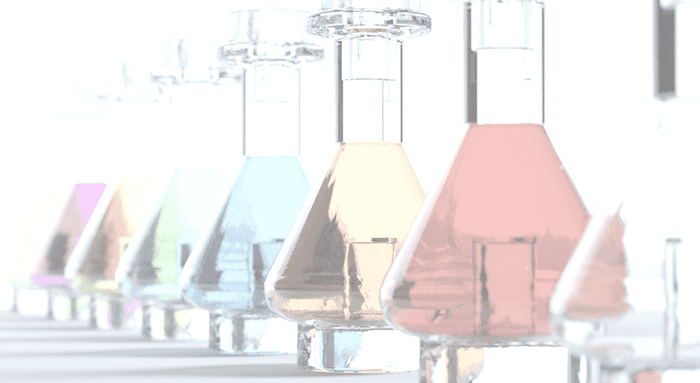Cannabinoid toxicity
Marijuana is the most widely used illicit drug in Australia, most people have a pleasant experience with the psychoactive drug. Cannabinoids can have adverse effects particularly in children if high doses are consumed which result in CNS depression and a coma lasting up to 36 hours.
Toxic Mechanism
They have a central sympathomimetic and antiemetic properties acting on the central and peripheral nervous system (CB1). Cannabinoids have also been shown the augment dopamine release.
Toxicokinetics:
- Rapidly and completely absorbed via inhalation
- Bioavailability is reduced if ingested
- Highly protein bound, lipid soluble and a high volume of distribution 10L/kg
- Undergo hepatic metabolism and urinary excretion.
- The elimination half life of the metabolites is several days.
Resuscitation:
- Rarely required except for children who may require intubation and ventilation for a reduced GCS.
Risk Assessment
- There are no reports of death with recreational use of marijuana:
- Adults may experience unpleasant side effect:
- Low dose 50 microgram/kg = mild sedation, disinhibition, mild disorientation and euphoria
- High dose 250 microgram/kg = tachycardia, postural hypotension, CNS depression, anxiety, perceptual disturbances and even psychotic symptoms.
- Acute symptoms will last 4 hours with inhalation and 8 hours post ingestion.
- Chronic use results in long-term neuropsychiatric sequelae, withdrawal syndromes and a cyclical vomiting syndrome (cannabinoid hyperememsis syndrome) which if severe can cause electrolyte abnormalities and acute renal failure.
- Children: A life threatening rapid coma can occur with hypotonia, abnormal movements, tachycardia and bradycardia lasting for 24 – 36 hours.
- Clinical features:
- CNS: Ataxia, incoordination, impaired judgement, sedation, CNS depression and coma (in children)
- Cardiovascular: Tachycardia, orthostatic hypotension, syndrome
- Psychiatric: Euphoria and relaxation, agitation, anxiety, time disorientation, hallucinations, delusions and acute psychosis
- Respiratory complications (rare): Penumothorax and pneumomediastinum
Supportive Care
- Severe agitation can be managed with titrated doses of benzodiazepine. Diazepam 2.5 – 5 mg every 5 minutes IV until gentle sedation is achieved.
- Mild agitation can be treated with 5mg of oral diazepam and reassurance
- Tachycardia and hypotension can be treated with IV fluids
- Cannabinoid hyperemesis syndrome is released by hot showers plus IV fluids and antiemetics.
- If intubated see FASTHUGSINBED for further supportive care.
Investigations
- Screening: 12 lead ECG, BSL, Paracetamol level if history of an overdose attempt
- Specific:
- Serum or urine cannabinoid levels are not readily available and not not assist in the clinical management.
- False positive tests do occur.
- EUC to detect any renal failure or electrolyte disturbances if the patient has cannabinoid hyperemesis syndrome.
Decontamination:
- Not clinically indicated
Enhanced Elimination
- Not clinically indicated
Antidotes
- None available
Disposition
- Children who have ingested marijuana should be observed for 4 hours. If asymptomatic they maybe discharged.
- Patients who are symptomatic maybe managed on the ward until symptoms resolve. If they have hyperemesis syndrome they should be counselled by drug and alcohol services to help them with their addiction.
References and Additional Resources
Additional Resources:
- Tox conundrum 043 – Therapeutic Showering
- Tox Flashcard – Synthetic marijuana
References:
- Allen JH, de Moore GM, Heddle R et al. Cannabinoid hyperemesis: cyclical hyperemesis in association with chronic cannabis abuse. Gut 2004; 53:1566–1570.
- Hall W, Solowij N. Adverse effects of cannabis. Lancet 1998: 352:1611-1615.
- Murray L et al. Toxicology Handbook 3rd Edition. Elsevier Australia 2015. ISBN 9780729542241
- Reece AS. Chronic toxicology of cannabis. Clinical Toxicology 2009; 47(6):517-524
- Sydney S, Beck JE, Tekawa IE et al. Marijuana use and mortality. American Journal of Public Health 1997; 87:585-590.

Toxicology Library
DRUGS and TOXICANTS
Dr Neil Long BMBS FACEM FRCEM FRCPC. Emergency Physician at Kelowna hospital, British Columbia. Loves the misery of alpine climbing and working in austere environments (namely tertiary trauma centres). Supporter of FOAMed, lifelong education and trying to find that elusive peak performance.
